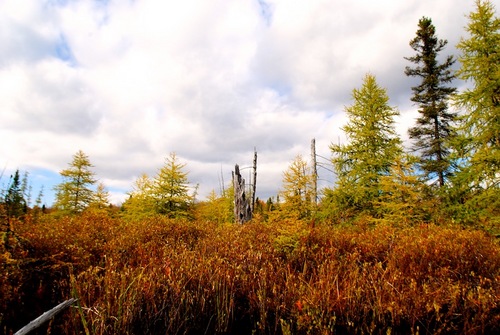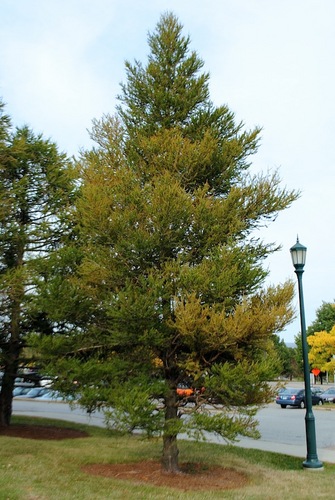Tamarack : Overview
“Give me of your roots O Tamarack.
Of your fibrous roots O Larch tree
My canoe to bind together.” - Henry Wadsworth Longfellow
If you ever find yourself near a bog in the fall, keep an eye out for the trees that are bright yellow amongst the other dark green needle-leaved trees. Upon closer examination, you will realize that this tree is, in fact, another conifer. It has needles and cones, yet its needles have turned a beautiful golden color while the needles of its neighbors remain green. In a few weeks, these needles will have fallen to the ground just like other deciduous trees. What type of conifer is able to shed its needles for the winter months?
The tamarack (larix laricina) is also known by the name larch. It boasts another nickname, as well: the ‘deciduous conifer,’ since it is one of the few species of conifers that actually shed their needles in autumn. This tree has been used historically by the native peoples of Canada in medicines, teas, and to help construct canoes. It is even the official tree of the Northwest Territories It has also been used to construct railroads and telegraph poles, and is used in wood flooring.
Fortunately, you don’t have to travel all the way to a bog in order to see a tamarack tree. There are a couple of lone tamaracks located at UVM, and they live right next to Harris, across from Gutterson Garage.


